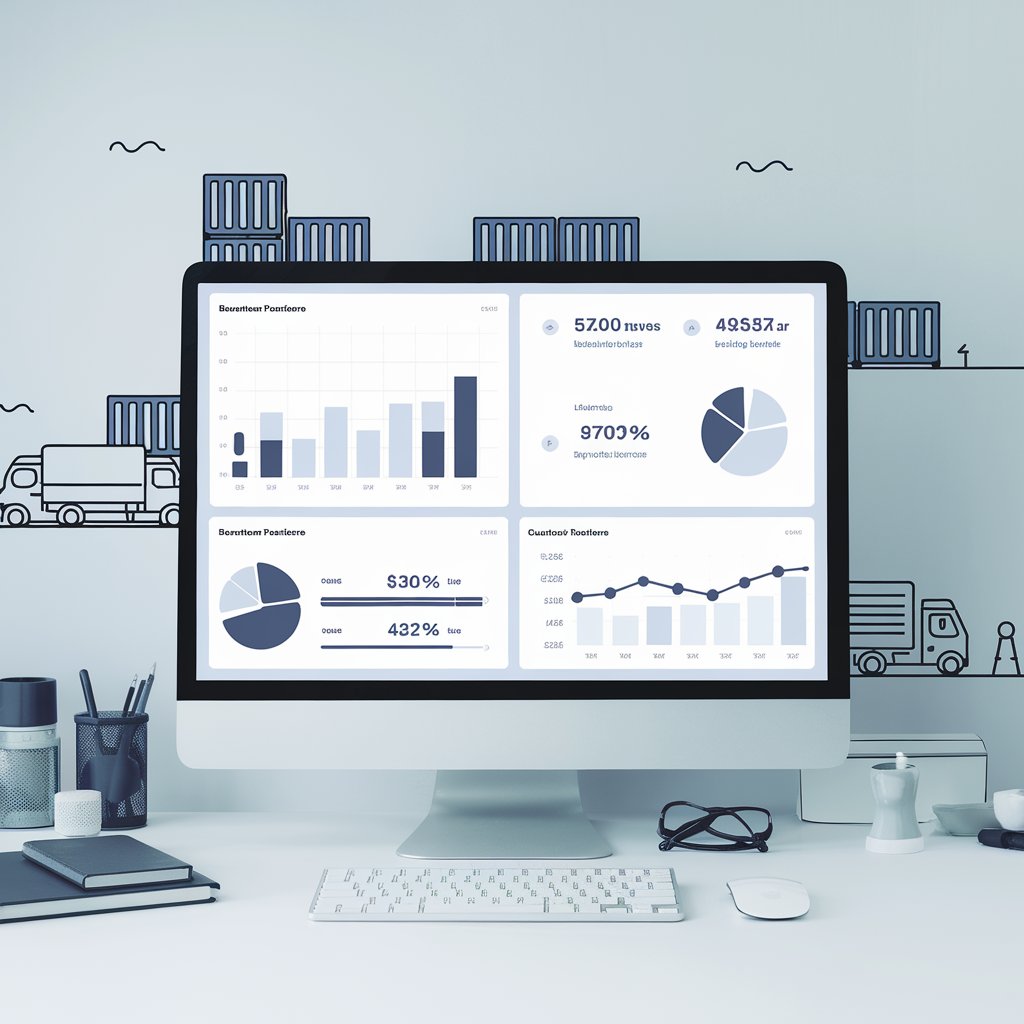Small Business Analytics: Empowering Growth Through Data-Driven Decisions

Understanding Small Business Analytics
Small business analytics refers to the process of collecting, analyzing, and interpreting data to gain insights that can inform business decisions. For small businesses, this can encompass a wide range of data sources and applications, from financial metrics to customer behavior patterns.
Why Small Business Analytics Matters
- Informed Decision Making: Data-driven insights help small business owners make more informed strategic decisions.
- Improved Efficiency: Analytics can identify inefficiencies in operations, leading to cost savings and productivity improvements.
- Enhanced Customer Understanding: Analyzing customer data helps businesses tailor their products or services to meet customer needs better.
- Competitive Advantage: Small businesses that effectively use analytics can gain an edge over competitors who don’t.
- Financial Management: Analytics tools can provide real-time insights into financial health and cash flow.
- Marketing Optimization: Data-driven marketing strategies can lead to better ROI on marketing spend.
Key Components of Small Business Analytics

To effectively leverage analytics, small businesses should focus on several key areas:
1. Financial Analytics
- Cash flow analysis
- Profit and loss tracking
- Budget vs. actual comparisons
- Revenue forecasting
2. Customer Analytics
- Customer segmentation
- Purchase behavior analysis
- Customer lifetime value calculations
- Churn prediction and prevention
3. Operational Analytics
- Inventory management
- Supply chain optimization
- Employee productivity metrics
- Process efficiency analysis
4. Marketing Analytics
- Campaign performance tracking
- ROI measurement for marketing channels
- Customer acquisition cost analysis
- Website and social media analytics
5. Sales Analytics
- Sales funnel analysis
- Lead conversion rates
- Sales team performance metrics
- Product performance analysis
Data Analytics Tools for Small Business
A variety of tools and software solutions are available to help small businesses implement analytics:
1. Business Intelligence (BI) Software
BI tools like Tableau, Power BI, or Looker can help small businesses visualize and analyze data from multiple sources.
2. Customer Relationship Management (CRM) Systems
CRM software like Salesforce or HubSpot often includes built-in analytics features for customer data analysis.
3. Marketing Analytics Platforms
Tools like Google Analytics, SEMrush, or Moz provide insights into website traffic, SEO performance, and digital marketing efforts.
4. Financial Management Software
QuickBooks, Xero, or FreshBooks offer financial analytics features alongside accounting functions.
5. Industry-Specific Analytics Solutions
For businesses in specialized industries, there are often tailored analytics solutions. For example, Linbis provides analytics capabilities specifically for small businesses in the freight forwarding and logistics sector.
Spotlight: Linbis for Small Business Analytics in Logistics
Linbis is a comprehensive freight forwarding software that offers robust analytics capabilities, making it an excellent choice for small businesses in the logistics sector. Here’s how Linbis contributes to small business analytics:
Key Analytics Features of Linbis:
- Financial Analytics: Track revenue, costs, and profitability for each shipment or client.
- Operational Metrics: Monitor key performance indicators like on-time delivery rates, transit times, and cargo utilization.
- Customer Insights: Analyze customer shipping patterns, preferences, and satisfaction levels.
- Supply Chain Visibility: Gain real-time insights into shipment status and supply chain performance.
- Predictive Analytics: Forecast demand, identify potential delays, and optimize routes.
- Custom Reporting: Generate tailored reports to meet specific business needs.
By leveraging these analytics capabilities, small logistics businesses can make data-driven decisions, improve operational efficiency, and enhance customer service.

Implementing Small Business Analytics: Best Practices
To successfully implement analytics in a small business setting:
- Start with Clear Objectives: Identify specific business questions you want to answer with data.
- Focus on Quality Data: Ensure your data is accurate, consistent, and relevant.
- Choose the Right Tools: Select analytics tools that fit your business size, budget, and technical capabilities.
- Invest in Training: Ensure your team knows how to use and interpret analytics tools effectively.
- Start Small and Scale: Begin with a few key metrics and gradually expand your analytics capabilities.
- Integrate Data Sources: Combine data from various sources for a comprehensive view of your business.
- Prioritize Data Security: Implement robust data protection measures to safeguard sensitive information.
- Act on Insights: Use the insights gained from analytics to drive concrete actions and improvements.

Overcoming Challenges in Small Business Analytics
While the benefits of analytics are clear, small businesses may face several challenges in implementation:
- Limited Resources: Address this by prioritizing the most impactful analytics initiatives and considering cloud-based solutions with lower upfront costs.
- Lack of Expertise: Invest in training or consider partnering with analytics consultants or service providers.
- Data Quality Issues: Implement data governance practices to ensure data accuracy and consistency.
- Overwhelming Amount of Data: Start with the most critical metrics and gradually expand your analytics scope.
- Resistance to Change: Demonstrate the value of data-driven decision-making through small, impactful projects.

The Future of Small Business Analytics
As technology continues to evolve, small business analytics is set to become even more powerful and accessible:
- Artificial Intelligence and Machine Learning: AI-powered analytics will provide more advanced predictive and prescriptive insights.
- Internet of Things (IoT): Increased adoption of IoT devices will provide small businesses with more real-time data for analysis.
- Natural Language Processing: Analytics tools will become more user-friendly with natural language querying capabilities.
- Edge Computing: Faster, localized data processing will enable real-time analytics for small businesses.
- Augmented Analytics: AI will assist in data preparation, insight generation, and explanation, making analytics more accessible to non-technical users.
Conclusion: Embracing the Power of Data for Small Business Success
In an increasingly data-driven business world, small businesses that harness the power of analytics position themselves for success. By leveraging the right tools and practices, even businesses with limited resources can gain valuable insights to drive growth, improve efficiency, and enhance customer satisfaction.
Whether you’re a small retail shop looking to optimize inventory, a service-based business aiming to improve customer retention, or a logistics company seeking to streamline operations with solutions like Linbis, small business analytics can provide the insights you need to make informed decisions and stay competitive.
Remember, the journey to becoming a data-driven small business is a gradual process. Start with clear objectives, choose the right tools for your needs, and focus on extracting actionable insights from your data. With persistence and the right approach, small business analytics can be a powerful catalyst for growth and success in today’s dynamic business environment.
As you embark on your analytics journey, keep in mind that the goal is not just to collect data, but to turn that data into actionable insights that drive real business value. With the right strategy and tools, even the smallest businesses can harness the power of big data to achieve big results.
